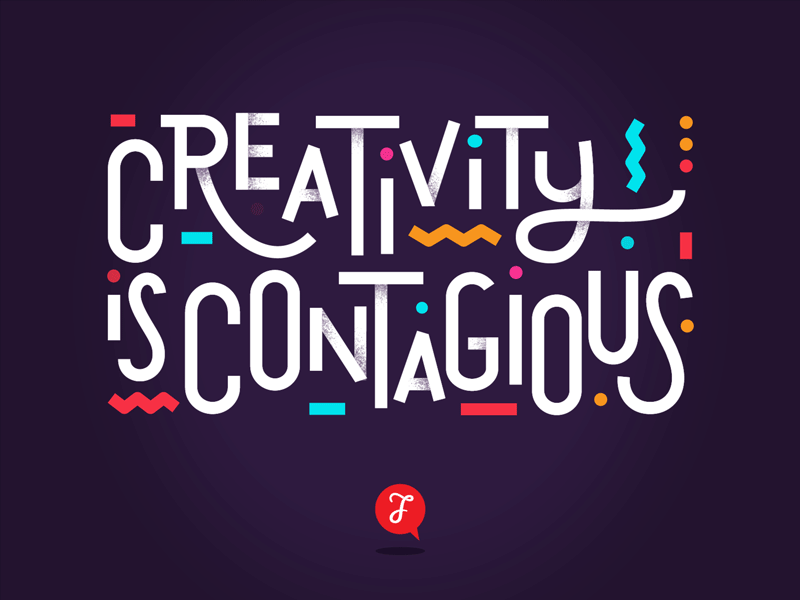
Creative inspiration is often thought of as an elusive phenomenon that comes upon us at any time and any place. The truth is you can teach your mind to be creative at any time – not just when the muse strikes you. Don’t believe us? Mason Currey notes in his popular book, Daily Rituals: How Artists Work a few famous artists who make time for creativity:
- Maya Angelou would rent a local hotel room and go there to write. She arrived at 6:30 AM, wrote until 2 PM, and then went home to do some editing. She would never sleep at the hotel.
- Pulitzer Prize winner Michael Chabon writes five nights per week from 10 PM to 3 AM.
- Haruki Murakami wakes up at 4 AM, writes for five hours, and then goes for a run.
Have a problem you need to solve for your business or need to land your next big marketing idea?

Author of Atomic Habits, James Clear, uses exercise as a metaphor for keeping a schedule for creative work. He notes, “You can’t selectively choose your best moments and only work on the days when you have great ideas. The only way to unveil the great ideas inside of you is to go through a volume of work, put in your repetitions, and show up over and over again.” Working out requires repetition and consistency to build muscle over time. In the same way, scheduling time to be creative (working on a problem) allows you to focus solely on the task at hand and not allow for other distractions. The key is to stick to the schedule!
Let’s go over some tips on maximizing your creative time:

1. Break down the problem into manageable steps.
Joseph Grenny, in his article for the Harvard Business Review, calls it “framing the problem then stepping back.” Always have the end goal in mind when you are working (the big problem) but don’t let it intimidate you into creative block. Ask yourself, “what is the first step to solving my problem?” Let’s say for instance, you want to run a successful promotion that will drive up sales for the quarter. First, start with, “Who is my ideal customer for this promotion?” and then “What forms of media would they respond to the most?”
2. Don’t expect all ideas to be good ideas!
Part of the creative process is to start with the obvious/clique ideas so that you can move on to more innovative, thought-provoking ones. Jot down all your ideas first, then start to weed out what isn’t original or noteworthy. Henriette Anne Klauserrecommends we all carry a “wheel book.” This is a place to write down ideas, questions and any other daily thoughts you might have. Find your own digital or hand-written wheel book to record ideas, thoughts, reminders and questions that make you think, laugh or cry.
3. Find a new perspective.
We can often feel like we are hitting a brick wall when we go about solving problems in the same way we always have. Find a new perspective by taking a new route to work, reading articles that don’t necessarily interest you or learning something new every day. Don’t underestimate the value of being still and scheduling some down time for yourself. Relaxing our mind and body can allow for inspiration to hit (and for us to catch it)!
Happy creative solving!

Author, Laura V. Boston
The C3 Group
